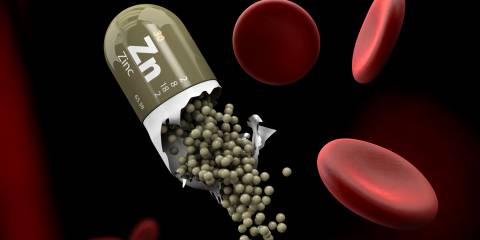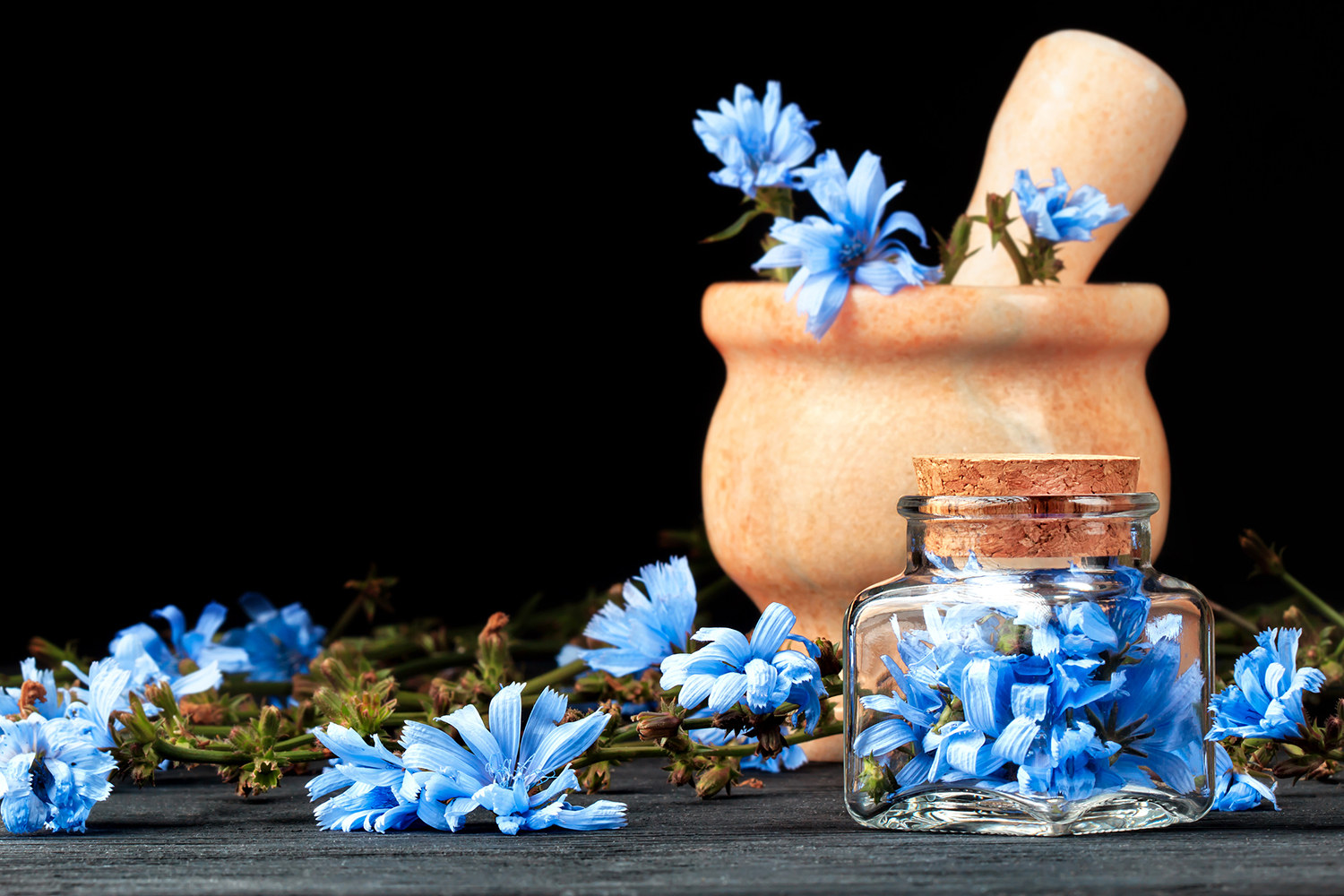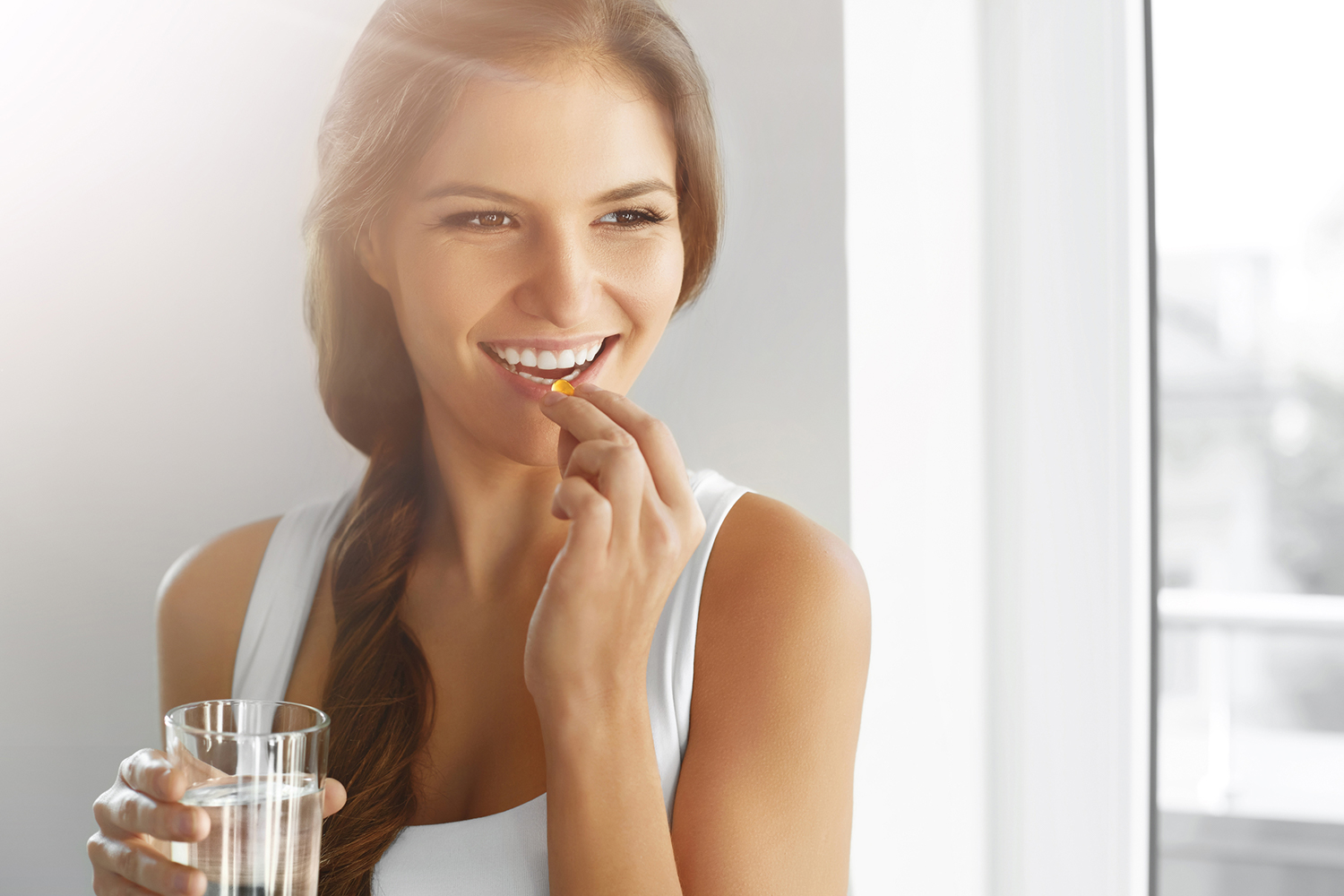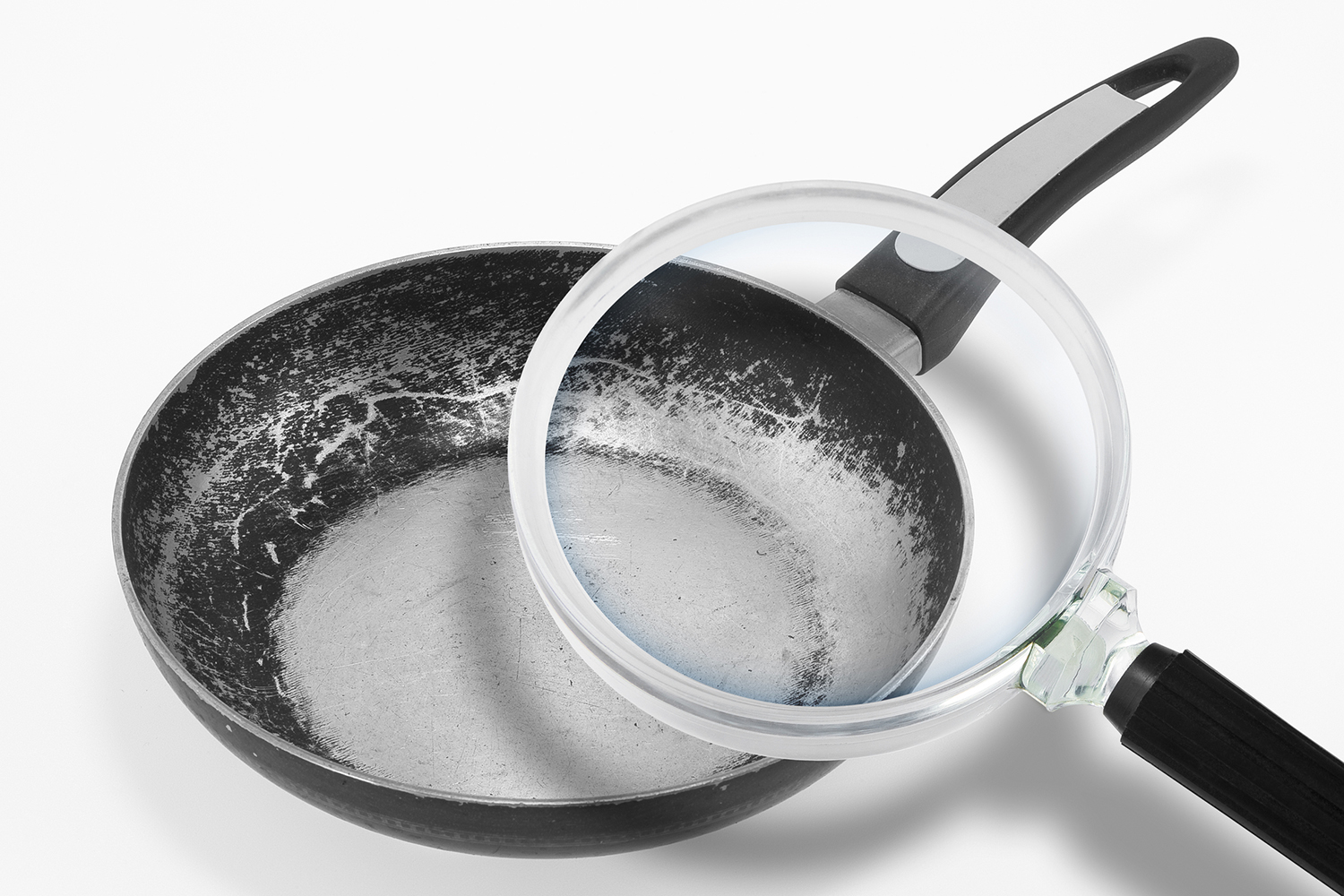Working out in a group provides significantly more stress relief than going it alone, according to research. Scientists found improved quality of life and about a 25 percent stress reduction from group exercise, but determined that individual exercisers did not experience much relief.
“The communal benefits of coming together with friends and colleagues, and doing something difficult, while encouraging one another, pays dividends beyond exercising alone,” said lead researcher Dayna Yorks, DO. Her group tested 69 medical students, who tend toward high levels of stress and self-reported low quality of life. The students self-selected into a 12-week exercise program, either in a group or alone. Every four weeks, they self-rated their perceived levels of mental, physical, and emotional stress and quality of life.
At the end of the trial, the group exercisers showed significant improvements in all categories. In contrast, the individual exercisers (who worked out twice as long, on average) reported gains only in their mental quality of life.
Benefits of Going It Alone
While some research has found that people who workout with an exercise buddy move more, a 2023 study found that if your exercise buddy is your spouse, that is not the case.
The study involved 240 people ages 54 to 72 and found that those assigned to exercise with their spouses logged lower average daily step counts than participants who exercised alone.




















